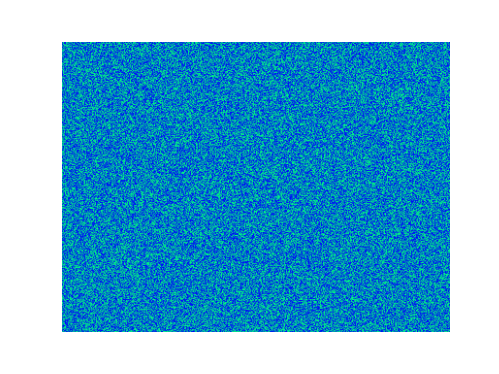Originally posted on Substack
It’s a great time to be a creator. Trust your creativity. -Ron Howard
Reflecting on the past year..
{{ youtube OFI1FJcGLeM }}
The Art of John Edmark
What do plants know about numbers? A certain spiral pattern commonly seen in sunflowers, pinecones, and many species of cacti contains some surprising numerical properties. In this brisk talk, Paul Dancstep investigates this pattern through several kinetic sculptures by artist John Edmark. These mesmerizing artworks provide a number of insights into the mathematical lives of plants.

A Review of Shader Languages
A review of the state of the art in real time graphics shading languages and compilers in both graphics and compute. What are some of the differences between HLSL, GLSL, MSL, and WGSL? What are some ways to transpile shaders?
This does get a little more into the weeds of the various languages that are used to talk to graphics cards. These are lower level languages than a javascript library, however there is always advantages to understanding the chain all the way down. It provides opportunity to really help find what is possible..

Making a Morphing 3D Sphere in Javascript with Three.js
I love 3d effects on the internet, and they’re increasingly all over the place. They can add an extra dimension to a website that helps to catch a user’s attention. I have previously covered 3d effects with the WebGL cards I made, but in this guide I wanted to create a morphing sphere with a cool, wireframe background. The effect is kind of hypnotising, so it has every chance of keeping users on your page for longer!
{{ youtube JfKQ8m3ZfJM }}
Blender Tutorial: Noise Advection with Geometry Nodes
Advecting points through vector fields is often handy for different purposes. It can be used to visualize noise fields or vector volumes or just to create some beautiful abstracted graphics. Follow Manuel in this tutorial, while he hacks Geometry Nodes to make iterative advection along vectors possible.
{{ youtube G5K-0wqEJsU }}
Entagma: Procedural Design Tutorials
I’ve been looking around at 3D packages / software recently to understand the landscape of tools and I’ve been amazed how niche some of these communities are and continue to find these treasure troves of interesting techniques. Definitely check out their content and if you like it enough here is there Patreon.

Houdini Tutorials Tailored for Mathematicians
The aim is to enable you to run your own geometry related algorithms while taking advantage of Houdini’s excellent visual graphics while avoiding to dig deep into the theory behind it.
Found there to be some pretty inspiring work.

Simulating the Belousov-Zhabotinsky reaction in Python
The Belousov-Zhabotinsky (BZ) reaction is a classical example of a non-equibrium chemical oscillator in which the components exhibit periodic changes in concentration.
This is more mathematic in nature, however the actual algorithm is interesting to look at and implement let alone seeing what can be done with it.
{{ youtube 0Kx4Y9TVMGg }}
Artificial Life (Simulation & Code)
A simple program to simulate primitive Artificial Life using simple rules of attraction or repulsion among atom-like particles, producing complex self-organzing life-like patterns. Excluding the GUI elements, the code is less than a page. The video tutorial and walkthrough are available below.